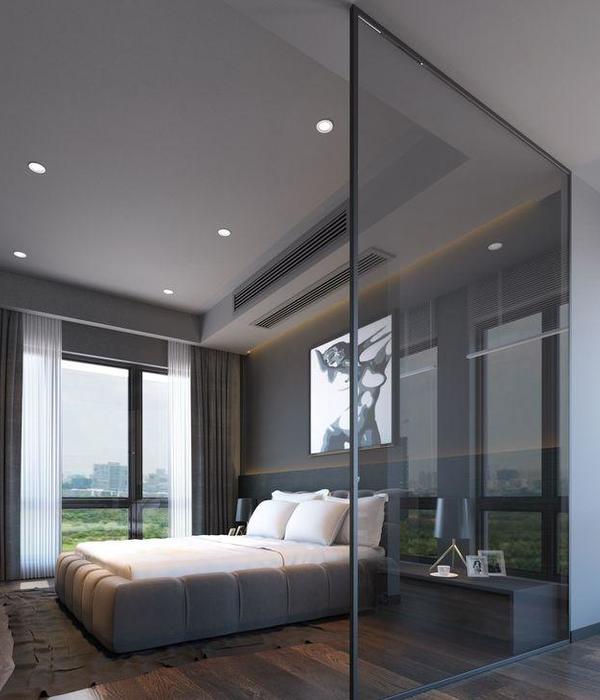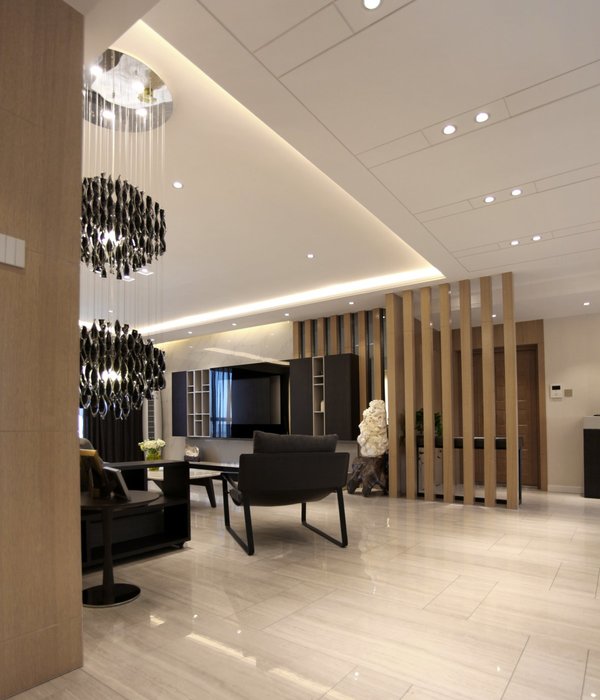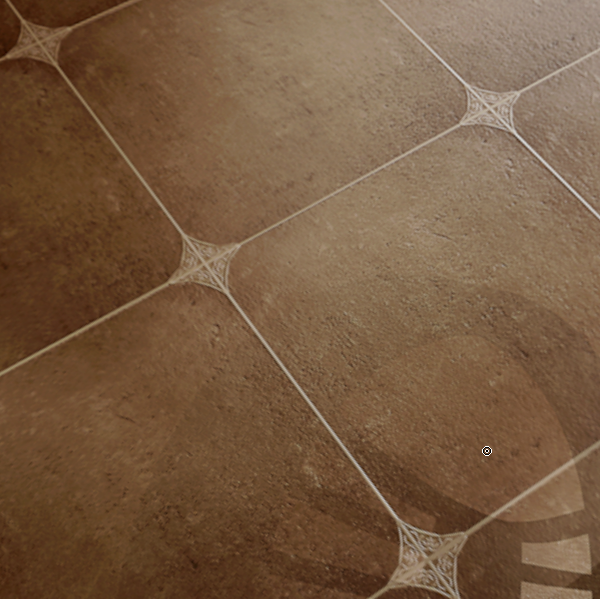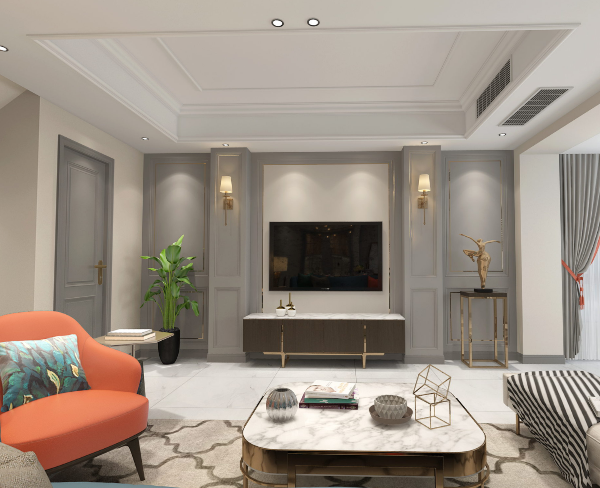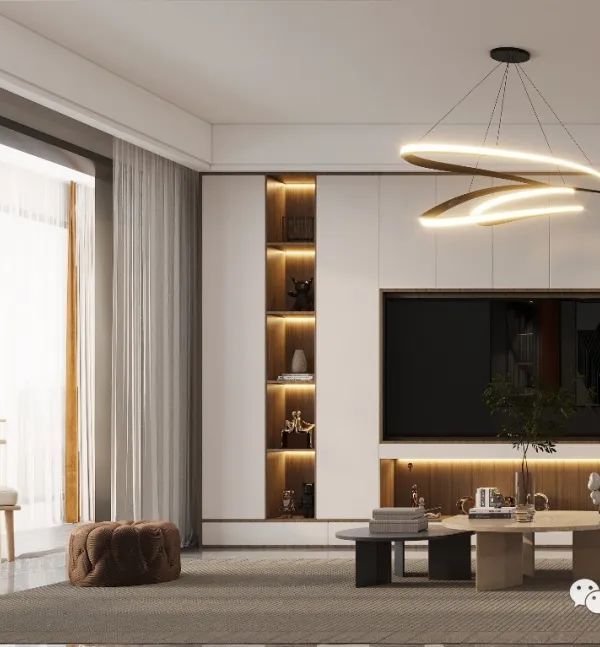"It’s a graphically beautiful and practical way of showing seasonal horticulture. . . It offers a snapshot view of a plant, and how it survives and evolves through different seasons. That information is so completely and thoroughly communicated that others can apply it to their projects"
– 2014 Awards Jury
"这种展示季节性园艺的方式十分生动美丽,并且实用…它为植物提供了快照,描述其如何在不同季节生存和发展。十分彻底地传达交流了信息,使得其他人能将其应用于自己的项目。" – 2014年评审委员会来自ASLA
The Phenology Project by Landscape Performance LAB, Auburn University’s School of Architecture, Planning & Landscape Architecture
项目陈述 PROJECT STATEMENT
物候学项目是一项持续多年的调查,监测植物随季节变化的空间及结构特性。通过细心的观察,在一整年的每周都为植物拍下不断扩张的调色板,以此记录下每株植物的透明度,光感,以及质感如何变化。因为通过相片记录下了短暂的属性,研究小组继续采用创新的表现技法进行实验,以便使得设计者能够理解,概念化,以及在景观设计中使用这些动态的植物特性。
The Phenology Project is a multiyear investigation that monitors the spatial and textural qualities of plants as they change through the seasons. Through careful observation, an expanding palette of plants are photographed each week for the entire year to record how the transparency, tone, and texture of each plant changes. As the ephemeral attributes are documented through photographs, the research team continues to experiment with innovative representational techniques that enable designers to understand, conceptualize and employ these dynamic plant qualities in landscape design.
植物景致之外,除了捕捉到开花期间,盛开樱花的美丽盛景,物候学项目也研究了一年之中剩余的97.8%的时间内的樱花的空间及结构特性。
山樱——盛开的日本樱花
BEYOND PLANT PORN.
In addition to capturing the grandeur of the flowering cherry during bloom, the phenology project explores the spatial and textural qualities of the cherry during the remaining 97.8% of the year as well.
Prunus serrulata_Japanese Flowering Cherry
Photo Credit: LandscapePerformanceLAB
数个世纪以来,园林设计师们一直都主张园林通过能在整个季节提供视觉趣味。这种追求往往体现在花朵以及色彩之中,而这仅仅是抓住了植物特性的皮毛而已。景观设计师有机会拓宽我们对园林景致的理解,而不仅仅局限于花朵排列带来的视觉刺激,并且将色彩自特意设计,生态丰富,并且会根据季节发展变化的空间关系中体现出来。这种编排中可以囊括所有层次的栽种形式,从地面的马赛克式的种植到设计树木高高的树冠。在这幅图景之中,成排的树木成为了短暂的季节性的滤光网,在夏季提供荫凉和栖息地,在冬天则提供了透明度。由落叶的灌木和多年生植物定义的景观房能在季节周期之内出现和消失。
为在设计中运用植物的季节性特性,我们需要更加了解植物如何变化,尤其是它们的透明度,光感,以及质感在一整年之内如何变化。物候学项目是对这一领域内进行的探索。物候学是对周期性植物以及动物生命周期事件进行的研究,也研究季节和气候变化如何影响这些事件。对于气候变化的拓展研究继续收集关于特定植物物种长叶,开花,播种,以及落叶的新的物候资料。研究全球变暖的威胁的科学家们追踪这些年度数据,由此衡量本地和全球的气候变化。为增加数据组,科学家最近允许公民参与成为志愿物候学家,让他们仔细观察选择物候期,并且将数据报告返回给物候学研究。仅仅在北美,花季追踪计划,大向日葵工程,北美鸟类物候项目,向北而行,美国蛙类观察,就是训练参与者,包括无数学童,仔细观察并记录自然现象的年度周期的众多公民调查之中的数个。这些网络一起为自然主义者构建了一个舰队,在他们自己的后院内仔细观察季度变化。景观设计师有机会拓展我们的学科范围,由此使得我们能够更好地参与对季节性波动的新的关注认识。不断增长的研究中有物候学项目的参与,但是其仅仅是在努力改善野外的数据收集的轨迹。物候学项目由三个相关的研究程序构成:1、细心观察,2、试验再现,以及3、创新应用。
细心观察:捕捉“正确的”数据
园艺爱好者和自然主义者已经记录了数年的季度观察。在《沙郡年纪》(1949)中,阿尔多·利奥波德记录到“今年我发现串叶松香草在7月24日第一次开花,比平时迟了一周;在最近的六年内,平均数据是7月15日。”(第46页)我们的社会对花朵的根深蒂固的迷恋十分有趣,并且非常重要,但是这种全神贯注常常使得观察者分心,从而未能观察到植物表现的全部性能。现有的物候数据集之中蕴藏有丰富的未被利用的信息。物候学项目推进了植物物候学的记录,使其不仅限于对花开日期的描述,并且捕捉到了每一物候事件期间植物的空间和结构特性。通过每周的同样时间在相同的制高点拍下的一系列静止照片,记录下了整个季节内的植物的拓展调色板的短暂瞬间。迄今为止,已经通过物候学项目记录下了总共15,396张照片。仅有七张包含于本次提交中。
试验再现:有效重现资料
物候学项目面临着所谓植物是静态的,结构性物体的误解,并且主张它们是动态的,关系性的变形者,在景观中舞姿婀娜。这一细致入微的观点最终经由一个人如何进行设计而进行测试。研究小组采用了若干设计建议用以测试,并且揭露了目前为止进行的研究的潜在限制。每次设计探讨都提供了一个独立的反馈回路,由此进一步影响数据捕获以及实验显示进程。每年研究小组都至少进行一项主要的设计项目,以便探索植物的短暂性波动如何能够从战略上影响景观的结构及空间特性。
▼山樱——盛开的日本樱花
Prunus serrulata_Japanese Flowering Cherry
Photo Credit: LandscapePerformanceLAB
▼ 看透你
栎叶绣球就像是季节性的窗帘一样,在夏日隐藏了空间层次,而在冬日则通过美丽地剥落枝叶而将它们展现出来。
栎叶绣球“雪花”——雪花绣球
SEEING RIGHT THROUGH YOU
The oakleaf hydrangea acts as an ephemeral curtain, concealing spatial relationships in the summer and revealing them through beautifully exfoliating branches in winter.
Hydrangea quercifolia ‘Snowflake’_Snowflake Hydrangea
Photo Credit: LandscapePerformanceLAB
▼假如一棵树在森林里倒下
美国山毛榉在整个冬日都坚持保留了它的如纸一般的黄叶,直到春蕾绽放之时,才终于将它们放归山林,为下一次相拥做准备。当如纸一般的叶子落下,森林不仅仅变得更为寂静,也变得更为透彻。
美国大叶山毛榉——美国山毛榉
IF A TREE FALLS IN A FOREST
The American Beech holds on to its papery brown leaves throughout the winter, until spring buds finally release them to make way for the next clutch. With the papery leaves down, not only is the forest much quieter at this point, but becomes more transparent as well.
Fagus grandifolia_American Beech
Photo Credit: LandscapePerformanceLAB
▼动态表面
在最初的研究中,对森林的所有层次都进行了探索,从树木高高的树冠直到小块苔藓的生长中的表面。有趣的是,这块苔藓的生长在夏日的炎热和荫凉之中休眠,而在潮湿的冬天重又活跃。
泛生墙藓——泛生苔藓
DYNAMIC SURFACES
The full strata of the forest was explored during this initial investigation, from the high canopy trees down to the evolving surface of a moss patch. Interestingly, this moss has evolved to be dormant in the heat and deep shade of the summer, and active in the moist winters.
Tortula muralis_Tortula Moss
Photo Credit: LandscapePerformanceLAB
▼ 泛生墙藓——泛生苔藓
Tortula muralis_Tortula Moss
Photo Credit: LandscapePerformanceLAB
季节神韵及其色调
一旦仅仅开始对文件数量进行管理,可以找出单个的选择以揭示每株植物的选择特性。
光皮山核桃——光滑山核桃木
THE TEXTURE AND TONES OF THE SEASON
Once the mere quantity of files begin to be managed, individual selections can be drawn out to reveal select qualities of each plant.
Carya glabra_Pignut Hickory
Photo Credit: LandscapePerformanceLAB
▼物候特写
注意右上角的照片中有一只正在轻快地享受蚜虫午餐的瓢虫。真是春意盎然!
樱叶荚蒾——黑山楂荚蒾
PHENOLOGICAL CLOSE-UPS
Notice the ladybug in the top right photo enjoying a brisk lunch of aphids. Spring is in the air!
Viburnum prunifolium_Blackhaw Viburnum
Photo Credit: LandscapePerformanceLAB
▼纹理滤网
不仅仅只有不透明度在随季节变化而转换,随着生长的果实的重量将枝桠下压,裸花紫珠的纹理也发生了令人惊叹的变化。
美国紫珠——美国裸花紫珠
TEXTURAL SCRIMS
Not only does the opacity shift through the seasons, but the texture of the beautyberry changes dramatically as the branches are drawn down under the weight of emerging fruits.
Callicarpa americana_ American Beautyberry
Photo Credit: LandscapePerformanceLAB
历史寻宝游戏
研究小组继续举出了随着时间改变植物如何表现,继续评论每次发现的质量和效果。
【来自盖里·海特硕恩的乡土树种,来自美国城乡的灌木及藤蔓,1988】
HISTORIC SCAVENGER HUNTS
The research team continues to scavenge examples of how plants have been represented through time, continuously critiquing the quality and effectiveness of each find.
[from Gary Hightshoe’s Native Trees, Shrubs, & Vines for Urban and Rural America, 1988]Photo Credit: LandscapePerformanceLAB
▼ 实验重现
随着暂时性的属性得以记录,研究小组探索了多种重现技术以便设计人员能够了解,概念化并且将这些动态植物特性应用于设计之中。
EXPERIMENTAL REPRESENTATION
As the ephemeral attributes were documented, the research team explored various representational techniques that enable designers to understand, conceptualize and employ these dynamic plant qualities in design.
Photo Credit: Matthew D. Blansit, Associate ASLA
▼ 植物的纹理姿态
此处的图形迭代采用了可复制的,清晰技术,用以捕捉动态植物在所有季节内的纹理以及色调。
大叶金钟花——高佛塞木属
TEXTURAL PRESENCING OF PLANTS
This iteration of graphics employ replicable, clear techniques to capture the dynamic textures and tones of the plants through the seasons.
Fothergilla major_ Tall Fothergilla
Photo Credit: LandscapePerformanceLAB
▼生态关系示意图
这些叠演尝试图解植物在整个季节的“姿态”,同时也捕捉到了城市生态学的成员到达此处参与集会的情景。
NOTATING ECOLOGICAL RELATIONSHIPS
These iterations attempt to diagram the ‘presence’ of plants through the seasons while also capturing when members of the urban ecologies arrive on site to participate in the assembly.
Photo Credit: LandscapePerformanceLAB
▼生态关系示意图
这些叠演尝试图解植物在整个季节的“姿态”,同时也捕捉到了城市生态学的成员到达此处参与集会的情景。
NOTATING ECOLOGICAL RELATIONSHIPS
These iterations attempt to diagram the ‘presence’ of plants through the seasons while also capturing when members of the urban ecologies arrive on site to participate in the assembly.
Photo Credit: Yubei Hu, Student ASLA
▼第5号实验:改造花园
在凉快的季节时,这个平台是一处开放,洁净的空间,由篱笆和墙壁围绕。随着春日接近,许多植物逐渐生长,创建出了单独的更小的转瞬即逝的小屋,处处充满着鸟儿和蝴蝶的喧闹。地平面总是由砾石覆盖,消除了种植区和小径之间的区别。当如同暮年老人的冬日来临,平台又一次变成了开放式的辽阔空间。
EXPERIMENT NO. 05: The Transformation Garden
In the cooler seasons, this terrace is an open, clean volume, enclosed by hedges and walls. As spring emerges, masses of plants materialize to create separate smaller ephemeral rooms, each bustling with birds and butterflies. The groundplane is consistently mulched in gravel, eliminating any distinction between planting areas and paths. As old man winter approaches, the terrace returns again to its open expansive volume.
Photo Credit: LandscapePerformanceLAB
For centuries, garden designers have advocated that a garden provide visual interest throughout the seasons. This pursuit often manifested itself in flowers and fall color, which is merely scratching the surface of plant qualities. Landscape Architects have the opportunity to extend our understanding beyond the visual stimulation of flower sequences and fall color into intentional, ecologically-rich spatial relationships that evolve and transform through the seasons. This choreography could include all strata of planted form, from the mosaics of the ground plane to the high canopy of trees. Within this view, treerows become ephemeral scrims that provide opacity and habitat in the summer and transparency in the winter. Landscape rooms defined by deciduous shrubs and perennials are able to emerge and vanish within the cycles of the season.
In order to employ dynamic seasonal qualities of plants in design proposals, we need to understand more about how plants change, especially how their transparency, tone, and texture fluctuate through the year. The Phenology Project is an exploration into this realm. Phenology is the study of periodic plant and animal lifecycle events and how these events are influenced by seasonal and climatic variation. Expanding research on climate change continues to gather new phenological data on the exact date particular plant species leaf out, flower, seed, and drop their leaves. Scientists studying the threat of global warming track these annual dates to measure local and global climatic variation. In order to increase the data set, scientists have recently engaged civilians to become volunteer phenologists, carefully observing select phenophases and reporting the data back to the phenological surveys. In North America alone, Project BudBurst, The Great Sunflower Project, The North American Bird Phenology Project, Journey North, FrogWatchUSA, are but a few of the many citizen surveys that are training participants, including countless school children, to carefully observe and record the annual cycles of natural phenomena. These networks are together building a fleet of naturalists, carefully observing the seasonal variation in their own backyard. Landscape Architecture has an opportunity to expand the scope of our discipline to better engage this emerging awareness of seasonal fluctuation. The Phenology Project participates in this growing research, but strives to refine the trajectory of data collection in the field. The Phenology Project consists of three interrelated research procedures: 1. careful observation, 2. experimental representation, and 3. inventive implementation.
CAREFUL OBSERVATION: Capturing the ‘Right’ Data
Seasonal observations have been recorded for ages by gardeners and naturalists. In A Sand County Almanac (1949), Aldo Leopold records “This year I found the Silphium in first bloom on 24 July, a week later than usual; during the last six years the average date was 15 July.” (p 46) Our societies’ engrained fascination with flowers is intriguing and important, but this concentrated focus often distracts an observer from investigating the full capacity of plant performance. A rich set of untapped information occupies the space between current phenological datasets. The Phenology Project advances the documentation of plant phenology beyond written descriptions of bloom dates, and captures the spatial and textural qualities of the plants during each phenological event. Through a series of still photographs taken from the same vantage point at the same time each week, the ephemerality of an expanding palette of plants is chronicled through an entire season. To date, a total of 15,396 photographs have been recorded through the Phenology Project. Only seven species have been included in this submission.
EXPERIMENTAL REPRESENTATION: RePresenting that Data Effectively
The Phenology Project confronts the misconception that plants are static, structural objects, and advocates that they are dynamic, relational shifters that dance in and through the landscape. This nuanced perspective is ultimately tested by how one approaches design. The research team has used a number of design proposals to test and reveal the potential limitations of the research gathered thus far. Each design exploration provides an independent feedback loop to further inform the data capturing as well as the experimental representation processes. Each year the research team has taken on at least one major design project to explore how the ephemeral fluctuation of plants are able to strategically inform the structure and spatial qualities of the landscape.
MORE:Landscape Performance LAB, Auburn University’s School of Architecture, Planning & Landscape Architecture
更多请至:
{{item.text_origin}}



